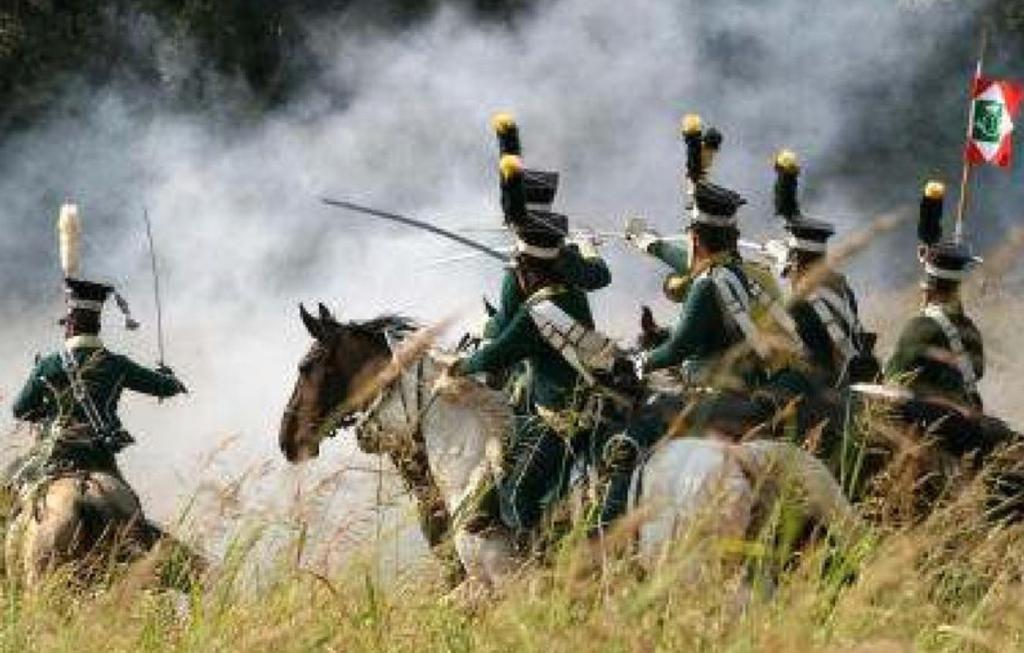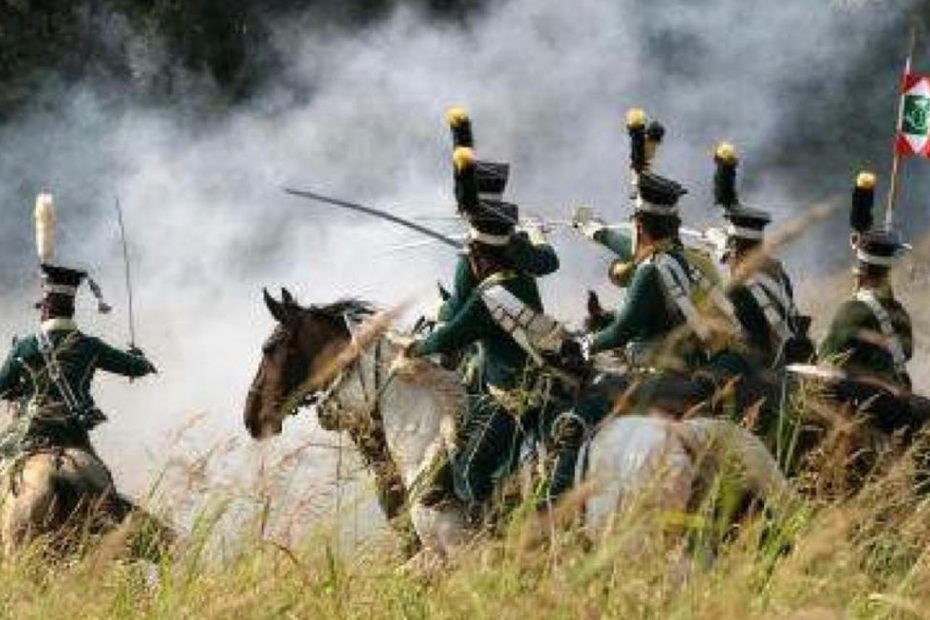The need to implement an efficient military instrument that could meet the operational requirements imposed by Bonaparte led to the establishment, also in the Cisalpine territories, of training institutes especially for officers and non-commissioned officers of the Army.
The military training institutes created in Italy had a privileged relationship with the practice in the field, what was rewarded was first and foremost merit and experience.
Among the most important schools there was undoubtedly that of Modena, established on 27 July 1797, seat of the Military School of artillery and engineers, erudite weapons for which was worth, above all, the technical knowledge compared to the title of nobility.
In October 1801 a Military Riding School was established in Milan in order to standardize training and to improve cavalry officers and non-commissioned officers ; the would-be knights often did not possess the basic skills to perform the task assigned to a cavalryman, while the cavalry officers followed the courses of the Military School of Pavia, supplemented by a limited equestrian activity. In 1807 the Riding School was transferred from Milan to Lodi.
In 1810, to the Riding School for Cavalry Personnel was added a Riding School for Cavalry Personnel such as Artillery, Train, and Gendarmerie. The school’s horses were state-owned, but the students could also use private horses, the only corps not allowed to use state horses being the gendarmerie. Each cavalry regiment sent three officers and four non-commissioned officers for specific training to the School, who remained there for two years, to be sent back to the corps of origin.
The most important school was that of Pavia, established in 1805. This institution was responsible for preparing infantry officers and later also cavalry officers. In the school of Pavia, history, geography, letters, French and mathematics were taught. In addition to the professors, four officers were assigned to the Pavia School. One was in charge of the classification of the students and was assisted by two non-commissioned officers, another officer was an instructor of practical subjects for exercises and maneuvers of infantry, yet another had the task of instructing the students on the material and the use of artillery. A fourth finally had the task of explaining to the students the organization of the military administration.
The duration of the courses was two years, after which the students entered the army with the rank of lieutenant.

